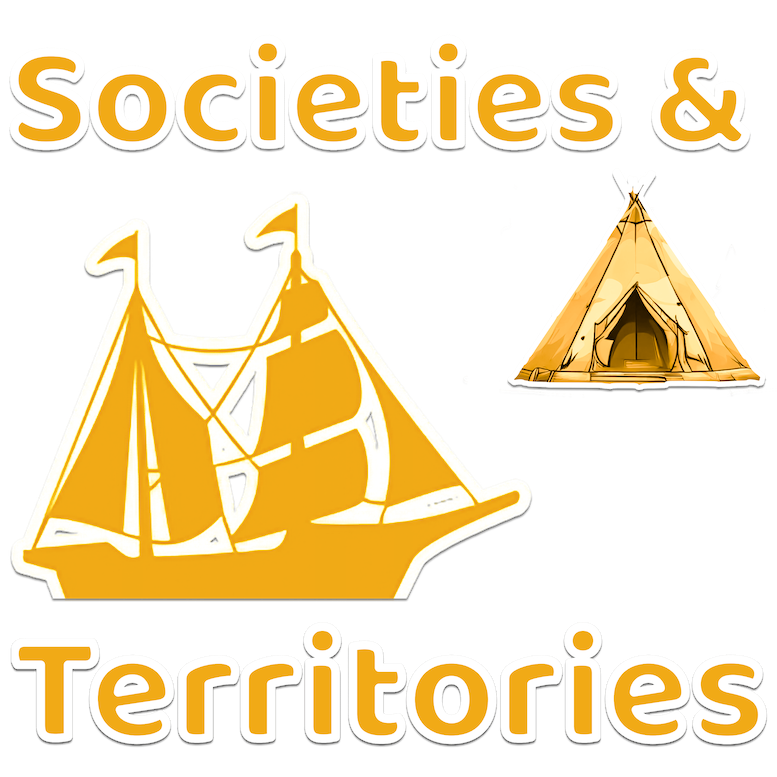When people had to go to the village, they had to go on foot. In the summer, they wore moccasins. In the winter, they wore moccasins and snowshoes. People could go just about anywhere on foot. But walking was slow and tiring. If their family had enough money, it could buy a horse or two. The “Canadian” horse was sturdy and well-adapted to the climateClimate is the average and normal weather in a specific place or region. . The kids rode on the horses and the parents used them to pull a vehicle.
From spring to fall, people used a cart for work and a carriage for getting around. Depending on the season, the roads could be dusty or muddy, which made walking unpleasant. Travelling tended to be the most comfortable on beautiful winter days when the rivers were frozen and the snow was packed hard. In the winter months, people used a sled for work and a sleigh for getting around.
For longer distances, people travelled by canoe, boat or ship. The canoe was the lightest and fastest of the three. It took four to six days to canoe from Québec to Montréal. In addition to bark canoesCanoes - A type of small boat that is used with a paddle. It is often..., there were also dugout canoesCanoes - A type of small boat that is used with a paddle. It is often..., which were made of a tree trunk hollowed out in the shape of a canoe. To transport a lot of cargo, people would use a boat. It could hold more cargo, but was slower; it took nine days to travel from Québec to Ȋle Jésus. People would stop at night and leave again before sunrise. For even longer trips, people could take a tall ship from Québec to Louisbourg, the West Indies or France.
AuthorAuthor - A person who writes something Auteur - Une personne qui écrit quelque chose: Léon RobichaudSee also – Traces of the past:







